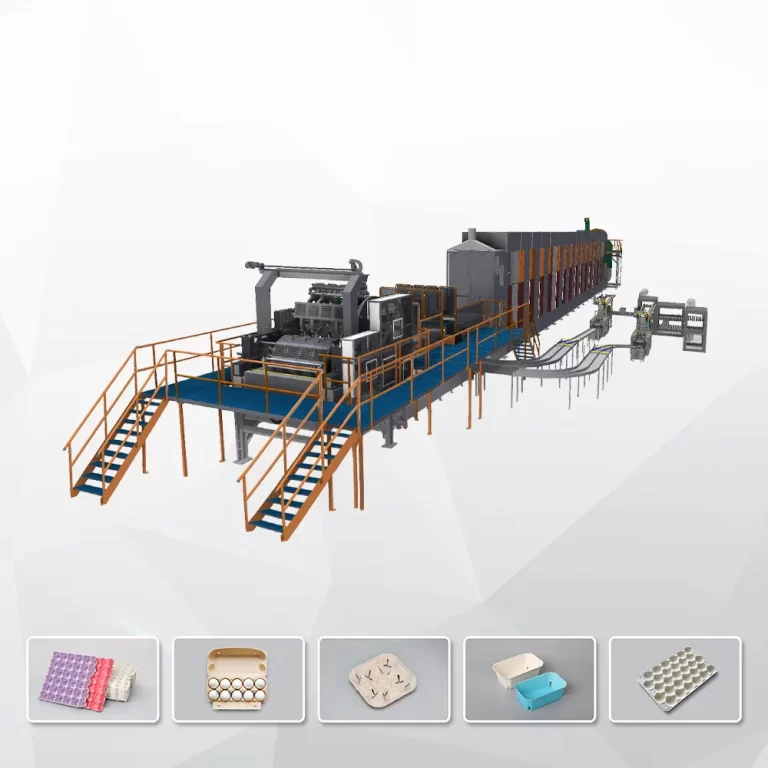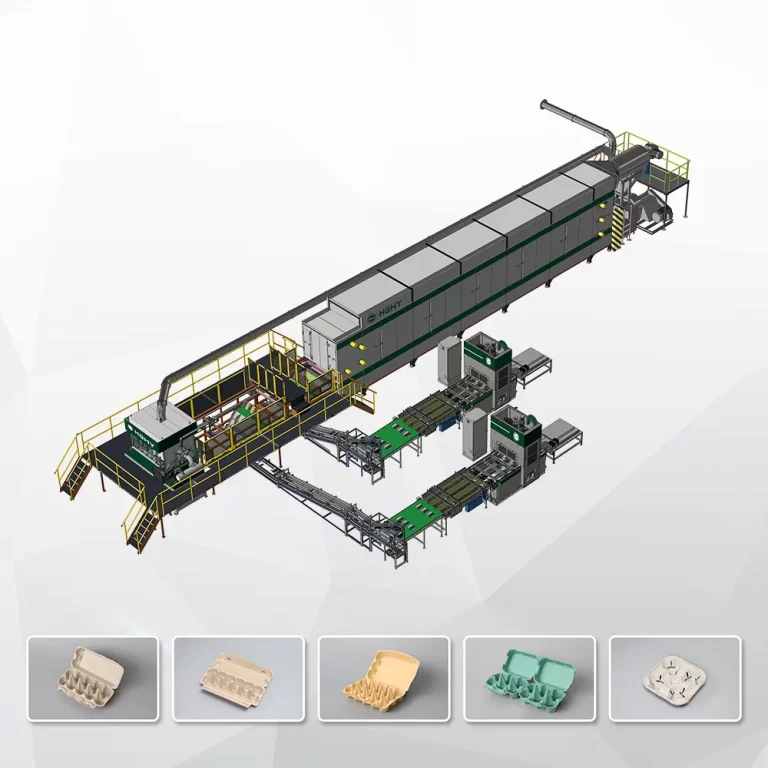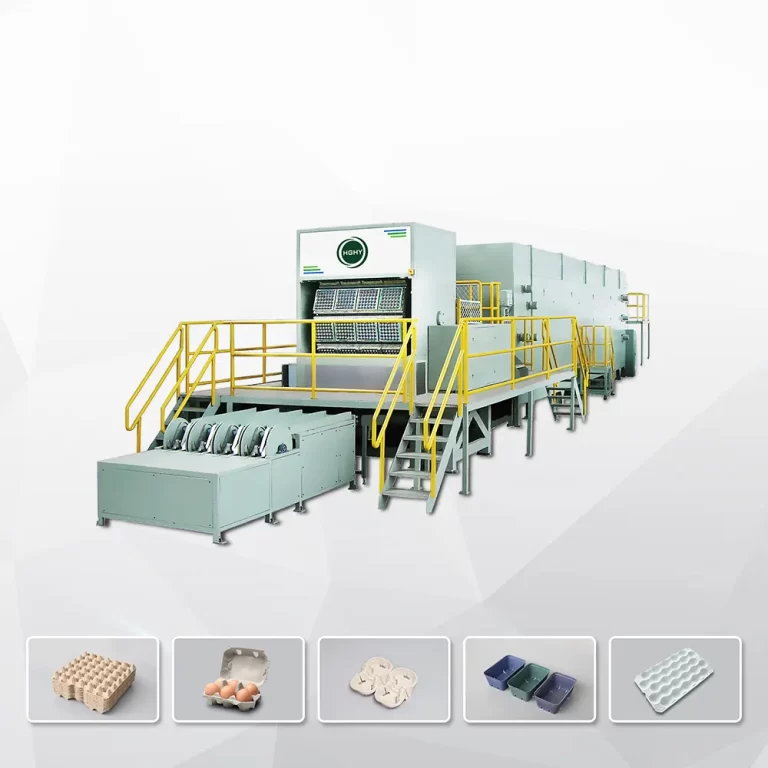Egg filler flats machines are specialized equipment designed to streamline the egg packaging process. These machines play a crucial role in the egg production industry by efficiently handling the delicate task of placing eggs into protective packaging. Traditionally, egg packaging relied heavily on manual labor, which not only increased the risk of damage but also resulted in slower processing times. However, with the advent of egg filler flats machines, the dynamics of egg packaging have transformed significantly.
The history of egg packaging technology dates back several decades, when methods primarily involved wooden crates and manual labor. With advancements in technology, the industry began integrating automated processes, paving the way for modern egg filler flats machines. These machines not only offer improved efficiency but also enhance the safety and integrity of eggs during handling, minimizing the chances of breakage or contamination.
Over time, these machines have evolved to include a range of features designed to cater to different production scales. For instance, small farms may utilize compact, manual or semi-automated machines that allow for flexibility and ease of use. On the other hand, large-scale operations tend to deploy fully automated egg filler flats machines, capable of processing thousands of eggs per hour. This diversity in machine types ensures that whether the setting is a small family farm or an expansive commercial production facility, there is a suitable packaging solution available that meets both efficiency and safety standards.
Egg filler flats machines are essential for maintaining high levels of productivity while safeguarding the quality of eggs. Understanding these machines is pivotal for any entity involved in the egg production process, as their use not only reduces labor costs but also optimizes the overall operation.

Types of Egg Filler Flats Machines
Egg filler flats machines have become essential in optimizing the egg packaging process, providing efficiency and security for egg transport. The categorization of these machines can be primarily based on design, functionality, and capacity. There are three predominant types of egg filler flats machines: manual, semi-automatic, and fully automatic machines.
Manual egg filler flats machines are the most basic option available, emphasizing user involvement in the entire packaging process. These machines require operators to handle all aspects of filling and sealing, which may limit scalability but is ideal for small-scale operations. Their low initial cost is a significant advantage. However, their reliance on human labor can lead to inconsistency in output and increased labor costs over time.
Semi-automatic machines bridge the gap between manual and fully automatic systems. These machines require some level of manual operation but automate key functions, such as filling and sealing flats. This design strikes a balance between efficiency and control, making it suitable for mid-sized operations. Though they offer improved productivity, the need for trained personnel can still be a drawback compared to fully automatic options.
Fully automatic egg filler flats machines represent the pinnacle of technology in this sector. These systems are designed to run independently, significantly increasing packaging speed and consistency. They can handle large volumes while minimizing the risk of damage to the eggs, as they employ advanced handling techniques. The downside to fully automatic machines is their high initial investment and maintenance costs, which may be prohibitive for smaller businesses.
Ultimately, the choice between these types depends on the specific operational needs, budget constraints, and volume of eggs produced. Companies like OvaEasy and EggPak offer a range of solutions, each catering to different scales of operation, empowering businesses to select the most suited machinery.
Benefits of Using Egg Filler Flats Machines
Egg filler flats machines have emerged as a vital component in modern egg production and packaging, offering numerous advantages to both producers and packaging companies. One primary benefit is the significant increase in productivity. These machines automate the filling process, allowing for a higher throughput compared to manual methods. This efficiency means that egg producers can process large volumes of eggs rapidly, catering to growing market demands without compromising quality.
Moreover, egg filler flats machines ensure improved consistency in packaging. By standardizing the packing process, these machines guarantee that each egg is placed securely in its respective flat, minimizing variations and enhancing the appearance of the final product. This consistency is particularly important in the retail market, where consumers expect uniformity in egg packaging.
Another essential benefit is the reduced risk of damage to eggs. These machines are designed to handle eggs gently, significantly lowering the chances of breakage during the packing process. This reduction in damage not only helps preserve the quality of the eggs but also leads to fewer losses for producers, ultimately contributing to increased profitability.
Additionally, egg filler flats machines promote enhanced hygiene and safety standards. The automation and controlled environment of these machines minimize human contact with the eggs, thereby reducing the risk of contamination. This, combined with the ability to regularly clean and maintain the machinery, ensures compliance with health regulations and produces safer products for consumers.
In terms of cost efficiency, utilizing egg filler flats machines can result in substantial savings in labor and materials. By streamlining operations, companies can reduce labor costs while maximizing output. Furthermore, efficient packaging processes contribute to waste reduction, which can lead to environmental benefits, making these machines not only economically favorable but also eco-friendly.
Future Trends in Egg Filler Flats Machines
The future of egg filler flats machines is expected to witness significant advancements driven by technological innovation and evolving industry demands. Automation stands at the forefront of these trends, making the egg packaging process more efficient and reducing labor costs. By integrating robotics and artificial intelligence into the production lines, manufacturers can optimize workflows. This increases the speed of packaging while enhancing the accuracy of filling and sorting operations, ultimately reducing the potential for human error.
Another crucial trend is the incorporation of Internet of Things (IoT) technologies. By embedding smart sensors within egg filler flats machines, producers can monitor real-time data related to production efficiency and egg quality. This integration allows for advanced predictive maintenance, enabling manufacturers to address potential issues before they become problematic. Moreover, with data analytics, producers gain valuable insights into their operations, enhancing decision-making processes that can lead to greater productivity and cost savings.
Sustainability also plays a pivotal role in the evolution of egg filler flats machines. As consumers and businesses alike strive for eco-friendliness, manufacturers are focusing on sustainable practices within packaging. This includes innovations such as biodegradable materials for egg cartons and energy-efficient machinery. Such improvements not only meet consumer demands for environmentally responsible products but also align with stricter regulatory standards, ensuring that producers remain compliant while minimizing their environmental footprint.
As the egg packaging landscape evolves, it is essential for producers to stay abreast of these trends. Embracing automation, IoT integration, and sustainability initiatives will be key to maintaining competitiveness in an increasingly global market. Manufacturers who adapt to these changes will likely see enhanced productivity, reduced operational costs, and a strengthened market position. Ultimately, keeping a close watch on these developments will be crucial for industry participants aiming to thrive in the future of egg filler flats machines.



